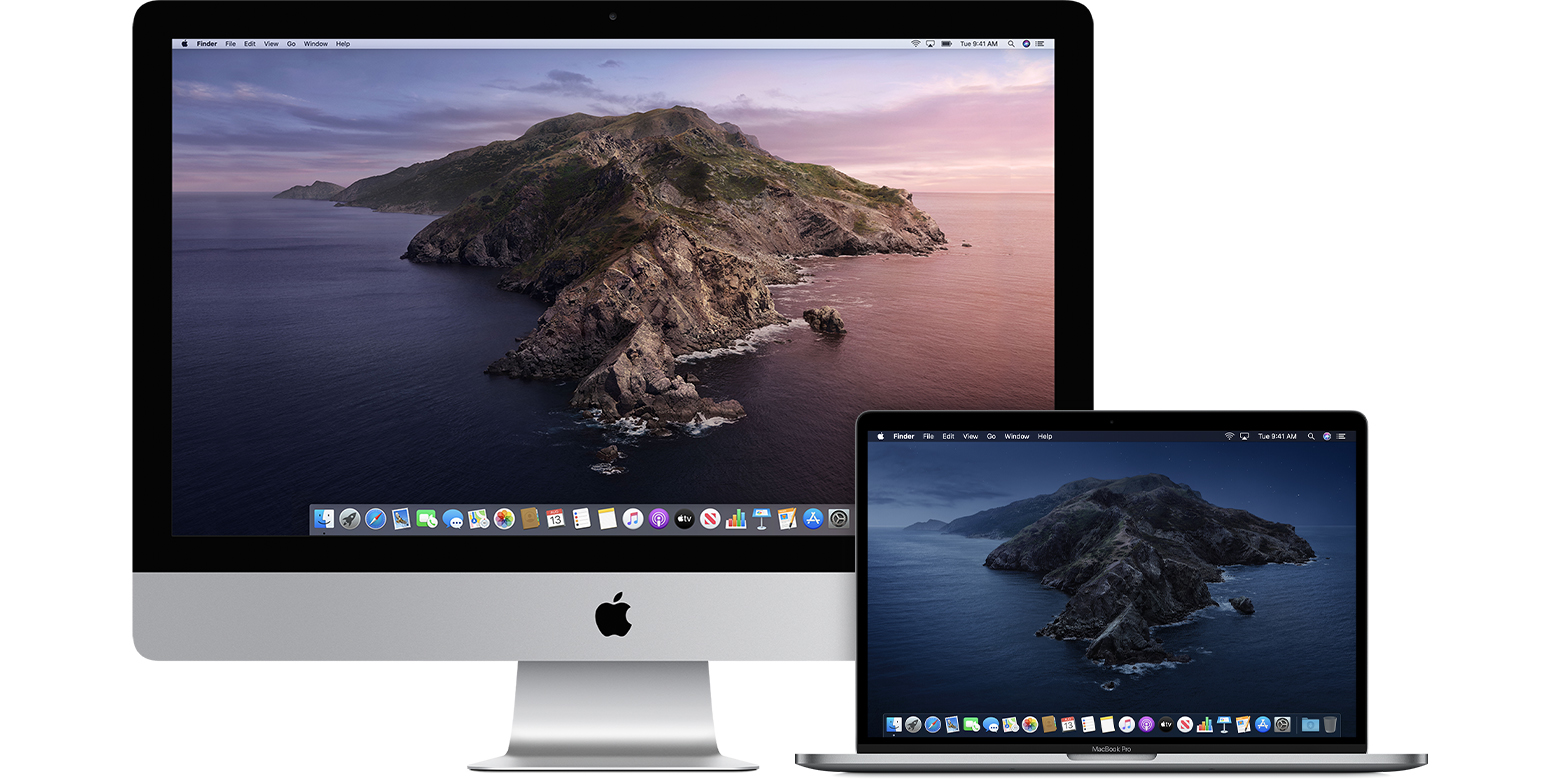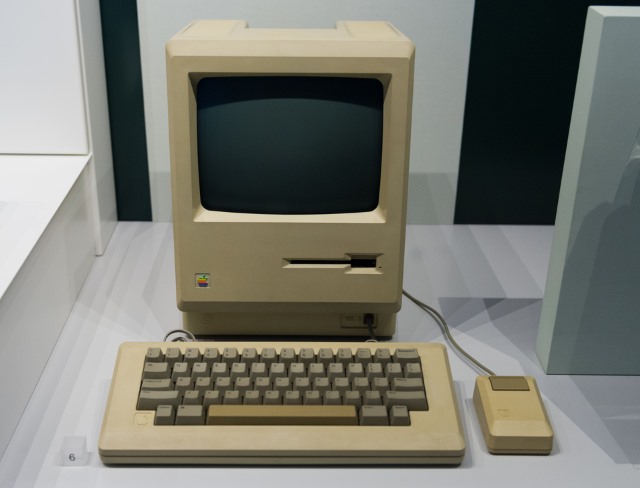Downloading Older Operating Systems For Mac Air
Now, you are ready to use the App with some pre-existing website links embedded in the App. Download the arc welder app for mac pc.
- Downloading Older Operating Systems For Mac Air 2
- Downloading Older Operating Systems For Mac Air Force
- Downloading Older Operating Systems For Mac Air Pro
- Downloading Older Operating Systems For Mac Air 1
- Downloading Older Operating Systems For Mac Air Force
- List Of Operating Systems For Mac
- Downloading Older Operating Systems For Mac Air 1
Adobe AIR is a computer program known as a runtime. It is necessary to have Adobe AIR on your computer to run certain applications. Applications that require Adobe AIR are called Adobe AIR applications.
Most Adobe AIR problems are related to having the correct version of Adobe AIR. Before you begin troubleshooting your problem, get the latest version of Adobe AIR for your operating system. Adobe AIR is available for free.
There is a reason why Apple chooses not to support the new Mac operating system on older Macs. Later MacBook Air, MacBook Pro, Mac mini or Mac Pro. You to install macOS Mojave on an older. Jan 11, 2019 Windows vs Mac. Why choose if you can get the best of both worlds by dual booting? Install Windows on Mac so you can jump back and forth from one operating system to another on the same computer. By now, the practice is well-established and Windows can work on Mac well. In this article, we’ll have a deep look at installing Windows on Mac.
Before you begin troubleshooting, perform the following tasks:
Determine the version of Adobe AIR on your computer
An Adobe AIR application requires a minimum version of Adobe AIR. Typically, the Adobe AIR application's installation program makes sure that your computer has the correct version of Adobe AIR. If necessary, the Adobe AIR application downloads and installs the latest version of Adobe AIR.
You can check which version of Adobe AIR is installed on your computer. To do so, follow the steps provided here.
Can you download pass for mac anymore. Feb 11, 2020 To download music so you can listen to it offline, add it to your library. Then click the download button. Or find a playlist in the sidebar and click the download button. If you want to access your music library across all of your devices, turn on Sync Library.
However, you can get an older version of Adobe AIR here.
The installation program installs Adobe AIR at the following location:
Downloading Older Operating Systems For Mac Air 2
- /Library/Frameworks/Adobe AIR.framework/
The Adobe AIR installation log file can help you troubleshoot your installation problem. You can also use the log's contents if you post a question to the Adobe AIR installation issues forum.
For Adobe AIR 1.0 to 1.5.3, see this document for more information.
You can get the contents of the install log using the following steps:
| Mac OS X |
|
The application could not be installed because the AIR file is damaged. Try obtaining a new AIR file from the application author.
The .airappinstall.log file can reveal the specific issue. The Adobe AIR application installer could've found an instance of Adobe AIR or the Adobe AIR application on a mounted drive other than main drive. Time Machine (10.5.x) could have a backup of the application. Unmount drives other than main drive and retry installation.
It's possible that the Adobe AIR application didn't download from the website completely. Retry downloading the Adobe AIR application (the .air file).
You could receive an invalid signature verification log error if the certificate used to sign the Adobe AIR application has expired.
The AIR Installer states it is already installed, or requires AIR. Can't install AIR

This error can occur if the installer is in a different language (Korean).
Mac users experienced this error in 1.1. A corrupt locale list could be the cause. Try moving languages in your locale language list or adding a language. Mac OS rebuilds locale settings.
The user interface / window does not appear when running an Adobe AIR application, the Adobe AIR installer, or the Adobe AIR uninstaller.
Check the locale settings to see if Latin American Spanish (es-419) is in the list. Incorrect settings trigger an esoteric bug that can cause the behavior described in the Adobe AIR installer and uninstaller, and in some Adobe AIR applications.
The Adobe AIR installer doesn't display a window when launched.
This issue appears to be a conflict with an internal Webkit library. Follow these steps to work around this problem:
- Download and mount the latest Adobe AIR installer from http://get.adobe.com/air
- Open the 'Terminal' application found in your Application/Utilities folder
- Copy and past the following command:
sudo /Volumes/Adobe AIR/Adobe AIR Installer.app/Contents/MacOS/Adobe AIR Installer -silent -eulaAccepted - After hitting enter, you will be prompted for your login password.
- Installation takes a few minutes. Look for output similar to the following:
- Once complete, close Terminal and install your Adobe AIR application.
During installation of Adobe AIR, you receive an error dialog with contents similar to 'An error occurred while installing Adobe AIR. Installation may not be allowed by your administrator. Please contact your administrator.'
Follow these steps for the manual solution:
- Using Finder, navigate to your Applications folder and look for a file (not a folder) named 'Adobe'. If one exists, rename or delete it.
- Open the Terminal application in your Applications/Utilities folder. Run the following commands:
Next, adjust the ownership of a particular folder. Run the following two commands in Terminal, noting the user name response of the 'whoami' command. Replace username with your username in the next command:
- sudo chown -R username:staff ~/Library/Application Support/Adobe/AIR/
Close the Terminal application and rerun the Adobe AIR installer.
During installation of Adobe AIR or an Adobe AIR application, you receive an error similar to the following:
'You cannot open the application Adobe AIR installer.app because it is not supported on this architecture.'
The Mac PowerPC is no longer supported by Adobe AIR. You can only install and use Adobe AIR applications that require AIR 1.5.3 or earlier. Use Adobe AIR version 1.5.3:

Download Adobe AIR 1.5.3 for MacOS.
http://helpx.adobe.com/air/kb/troubleshoot-air-installation-mac-os.html
Note: Adobe AIR applications that require Adobe AIR 2 or later cannot be installed or used on a Mac PowerPC.
.See other installation problems.
Do you still have problem with the Adobe AIR installation? Post your question in the Adobe AIR Installation Issues forum.
Downloading Older Operating Systems For Mac Air Force
| Get the latest version of Adobe AIR Get a different version of Adobe AIR |
Twitter™ and Facebook posts are not covered under the terms of Creative Commons.
Legal Notices Online Privacy Policy
How to get updates for macOS Mojave or later
If you've upgraded to macOS Mojave or later, follow these steps to keep it up to date:
- Choose System Preferences from the Apple menu , then click Software Update to check for updates.
- If any updates are available, click the Update Now button to install them. Or click ”More info” to see details about each update and select specific updates to install.
- When Software Update says that your Mac is up to date, the installed version of macOS and all of its apps are also up to date. That includes Safari, iTunes, Books, Messages, Mail, Calendar, Photos, and FaceTime.
Downloading Older Operating Systems For Mac Air Pro
To find updates for iMovie, Garageband, Pages, Numbers, Keynote, and other apps that were downloaded separately from the App Store, open the App Store on your Mac, then click the Updates tab.
To automatically install macOS updates in the future, including apps that were downloaded separately from the App Store, select ”Automatically keep my Mac up to date.” Your Mac will notify you when updates require it to restart, so you can always choose to install those later.
Downloading Older Operating Systems For Mac Air 1
How to get updates for earlier macOS versions
Downloading Older Operating Systems For Mac Air Force
If you're using an earlier macOS, such as macOS High Sierra, Sierra, El Capitan, or earlier,* follow these steps to keep it up to date:
- Open the App Store app on your Mac.
- Click Updates in the App Store toolbar.
- Use the Update buttons to download and install any updates listed.
- When the App Store shows no more updates, the installed version of macOS and all of its apps are up to date. That includes Safari, iTunes, iBooks, Messages, Mail, Calendar, Photos, and FaceTime. Later versions may be available by upgrading your macOS.
To automatically download updates in the future, choose Apple menu > System Preferences, click App Store, then select ”Download newly available updates in the background.” Your Mac will notify you when updates are ready to install.
* If you're using OS X Lion or Snow Leopard, get OS X updates by choosing Apple menu > Software Update.
How to get updates for iOS
Learn how to update your iPhone, iPad, or iPod touch to the latest version of iOS.
List Of Operating Systems For Mac
Learn more
Downloading Older Operating Systems For Mac Air 1
- Learn how to upgrade to the latest version of macOS.
- Find out which macOS your Mac is using.
- You can redownload apps that you previously downloaded from the App Store.
- Your Mac doesn't automatically download large updates when it's using a Personal Hotspot.